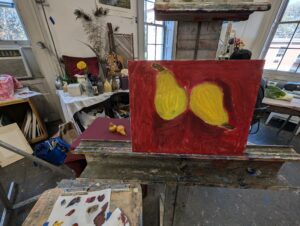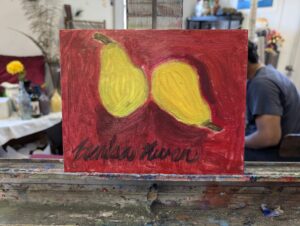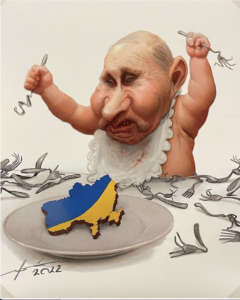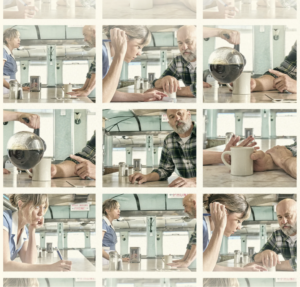 Watching The Counter at the Roundabout Theater was an unexpectedly moving experience for me. At first, I thought it would be a simple play about a waitress and a regular customer in a small-town diner. As the story unfolded, however, it became so much more, a profound exploration of human connection, loneliness, and the burdens we sometimes place on others.
Watching The Counter at the Roundabout Theater was an unexpectedly moving experience for me. At first, I thought it would be a simple play about a waitress and a regular customer in a small-town diner. As the story unfolded, however, it became so much more, a profound exploration of human connection, loneliness, and the burdens we sometimes place on others.
The characters of Katie and Paul, played brilliantly by Susannah Flood and Anthony Edwards, drew me in immediately. Their relationship starts in such an ordinary way, with Katie refilling Paul’s coffee, but there’s an emotional depth that’s slowly revealed as they open up to each other. The use of the passage of time throughout the play shows the first-person thoughts and feelings of Katie and Paul, which truly revealed the emotions that they both shared for one another. I found myself relating to Katie’s guarded demeanor, perhaps because it reminded me of those times when you’re going through something personal and, unexpectedly, someone in your life helps you carry that weight, even for just a moment.
The most powerful part of the play, for me, was when Paul makes a shocking request asking Katie to poison his coffee within the next couple of months, which ultimately forces both characters to confront their innermost fears and secrets. It made me think about how our everyday interactions, even the ones that seem trivial, can have such lasting effects on us. There’s a beautiful tension between humor and heaviness in the script, which is a testament to Meghan Kennedy’s writing. One moment I was chuckling at a light-hearted exchange, and the next, I was on the edge of my seat, wondering how these characters would navigate their intense, deeply personal emotions.
The diner setting was simple yet perfect. It felt intimate, as if I was sitting at the counter with them, observing their lives unfold. The minimalism of the set allowed the actors’ performances to really shine, and it made the emotional stakes feel even more palpable. The actors’ emotions and actions truly shone through the simple setting and made the emotional outbreaks even more prominent and touching. This play reminded me of my favorite episode from the show, Friends, called “The One Where No One’s Ready”. The premise of the episode is the fact that the camera never leaves the living room of Monica and Rachel’s apartment until the characters are all ready for an event in which they leave together, which is where the episode ends. The hilarious dialogue of Joey saying, “Look at me – I’m Chandler! Could I *be* wearing any more clothes?” as he is wearing 100 layers of Chandler’s clothes will forever be one of the most iconic quotes of the show. The simplicity of the setting, as the characters crack joke after joke and stress about what they have to wear to the event further highlights the incredible dynamic that the actors have with one another, very similar to the actors in The Counter.
What struck me the most about The Counter was how it left me reflecting on my own relationships, how even the smallest gestures or conversations can mean so much more than we realize at the time. The play’s exploration of deep themes like grief, loneliness, and moral ambiguity felt universal. I left the theater thinking about the people in my life and the roles we play for each other, whether we realize it or not. In short, The Counter isn’t just a story about a waitress and her customer. It’s about life, how we navigate our connections, and how even the most ordinary relationships can change the discourse of our lives.
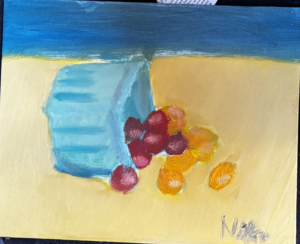
 Watching
Watching 
